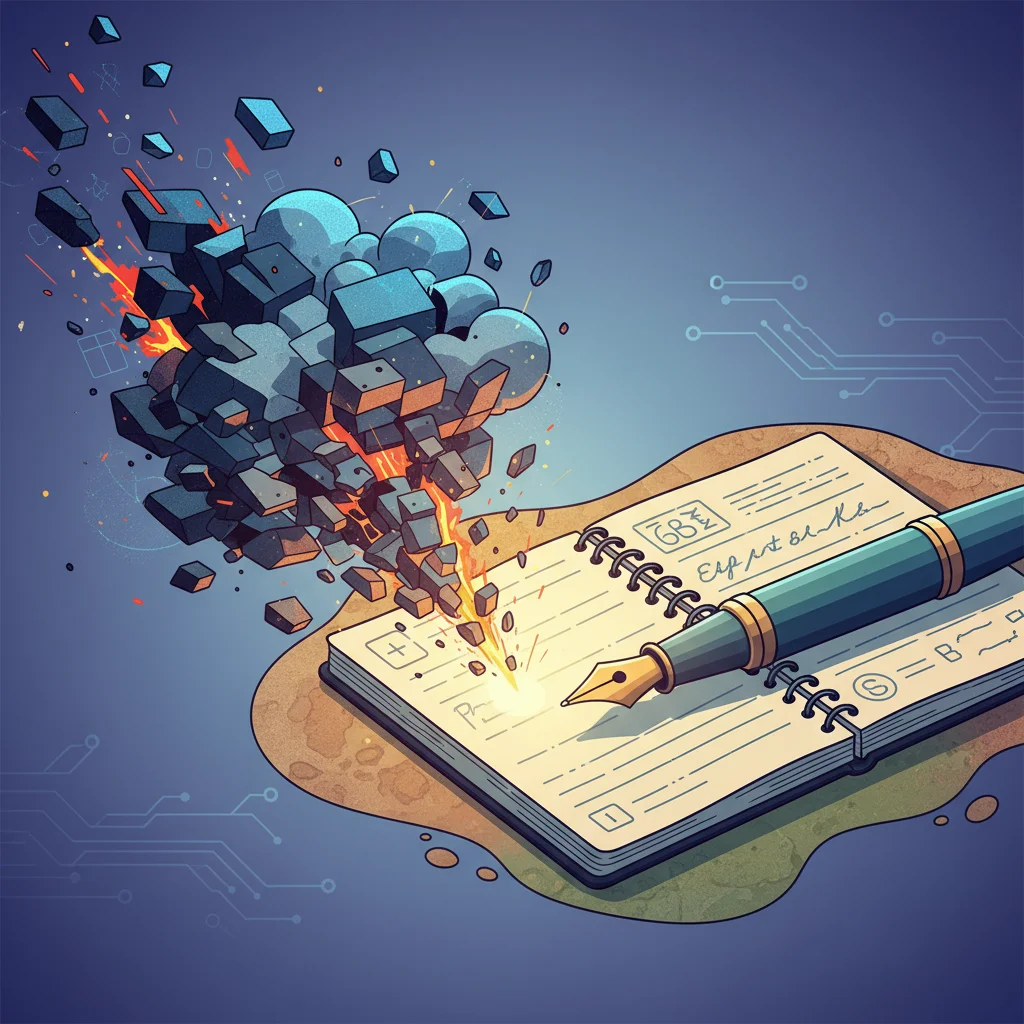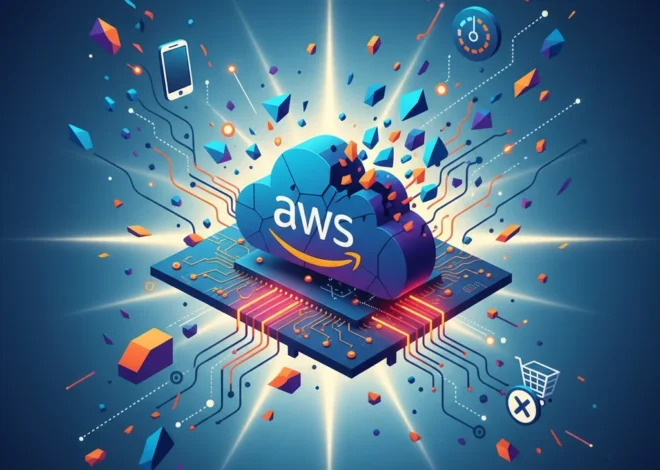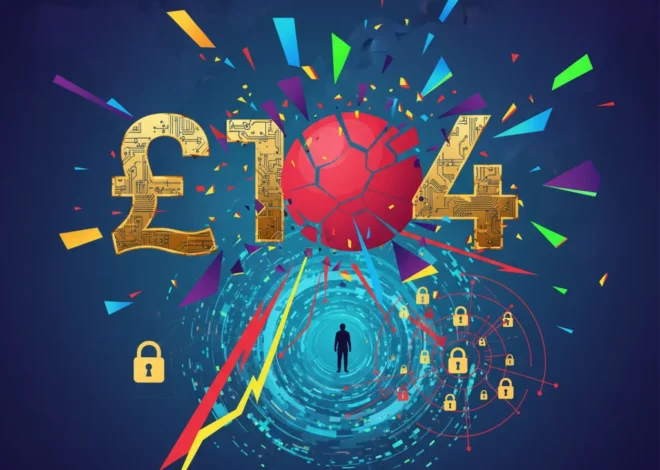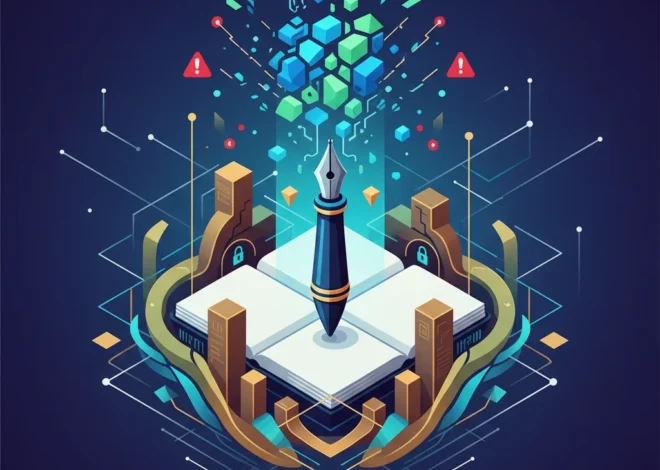
Your Cloud is Down: Why Your Best Defense Against AI Cyberattacks is a Pen and Paper
Imagine this: You walk into your office on a Monday morning, coffee in hand, ready to kickstart the week. You’re the founder of a promising SaaS startup, and your entire operation—your code repositories, your customer data, your communication channels—lives and breathes in the cloud. But when you try to log in, you’re met with a blank screen. Slack is down. AWS is inaccessible. Your CRM is locked. A cryptic message flashes on a single terminal: you’ve been hit by ransomware.
Panic sets in. How do you contact your lead developer? Their number is in the company’s digital directory. How do you notify your customers? Their contact info is in the encrypted CRM. How do you even begin to assess the damage? The system architecture diagrams are on the now-inaccessible shared drive. Your high-tech, automated, AI-driven company has been brought to its knees, and your first, most critical response tool is… gone.
This isn’t a far-fetched Hollywood script. It’s a terrifyingly plausible reality for any modern business. In a world obsessed with digital transformation, where every process is optimized through software and automation, we’ve created a digital paradise. But we’ve also built a fragile, single point of failure. That’s why a recent, almost shockingly simple piece of advice is making waves: firms are being told to prepare to switch to off-line systems, and that means putting your cyber attack contingency plans on paper. Yes, actual paper. As the BBC recently highlighted, this analog approach is becoming a critical last line of defense in an increasingly hostile digital world.
The Digital Paradox: Our Greatest Strength is Our Biggest Vulnerability
The rise of cloud computing and SaaS (Software as a Service) platforms has been a phenomenal engine for innovation. For startups especially, the ability to scale infrastructure on demand, deploy code in minutes, and leverage powerful tools without massive upfront investment has leveled the playing field. We’ve built entire ecosystems on the assumption of constant connectivity and availability.
But this hyper-connectivity creates a paradox. The very integration that makes our operations so efficient also creates an enormous, interconnected attack surface. A single compromised credential can provide a threat actor with the keys to the entire kingdom. The average cost of a data breach reached a staggering $4.45 million in 2023, a 15% increase over 3 years. For smaller businesses, an attack of this magnitude isn’t just a setback; it’s an extinction-level event.
The problem is that our recovery plans often rely on the very infrastructure that is being targeted. We have digital documents in the cloud explaining what to do when the cloud is down. We have communication plans that rely on the communication tools that have been compromised. It’s a circular dependency that guarantees failure when a real crisis hits.
The New Arms Race: When Attackers Wield AI
The threat isn’t static. The same technologies we praise for their innovative potential—artificial intelligence and machine learning—are being weaponized by cybercriminals with terrifying efficiency. The days of clumsy, typo-ridden phishing emails are fading. Today’s threats include:
- AI-Powered Phishing: Machine learning algorithms can now craft hyper-personalized, context-aware phishing emails that are nearly indistinguishable from legitimate communications. They can mimic writing styles, reference recent projects, and bypass traditional spam filters.
- Adaptive Malware: Modern malware can use AI to analyze its environment, identify security software, and alter its own code to evade detection. It’s no longer a static threat but a dynamic adversary.
- Automated Attacks: AI can automate the process of scanning for vulnerabilities across millions of systems, identifying the weakest targets, and launching coordinated attacks at a scale and speed that human-led teams can’t possibly match.
This AI-driven escalation means that a breach can happen faster and be more devastating than ever before. It underscores the critical need for a recovery plan that is completely insulated from the digital battlefield. You can’t fight an AI-powered fire with tools that are already burning.
What’s In Your “Analog Recovery Kit”?
So, what does “putting it on paper” actually mean in practice? It’s about creating a physical, offline “battle box” or “recovery kit” that contains the essential information you need to manage a crisis when you have zero access to your digital tools. This kit should be stored securely and accessibly, with copies in multiple locations.
Here’s a breakdown of what your Analog Recovery Kit should contain. Think of it as the foundational checklist for your business’s survival.
| Component | Description & Rationale |
|---|---|
| Emergency Contact Roster | A printed list of names, roles, personal phone numbers, and email addresses for key personnel (C-suite, IT/dev leads, legal, PR, incident response team). When Slack and corporate email are down, this is your only way to assemble your team. |
| Key Vendor & Partner Contacts | Contact information for your cloud provider’s emergency support, your cybersecurity insurance provider, legal counsel, and critical software partners. The clock is ticking, and you can’t afford to waste time searching for a phone number. |
| System Architecture Diagrams | Printed, high-level diagrams of your network, cloud infrastructure, and data flows. This helps your technical team immediately understand the blast radius and identify critical systems to isolate and restore. |
| Incident Response Playbooks | Step-by-step instructions for different attack scenarios (e.g., Ransomware, DDoS, Data Breach). Who is in charge? What are the first three steps? How is communication managed? Under pressure, people don’t rise to the occasion; they fall to the level of their training. |
| Core Software & Admin Credentials | Securely stored (e.g., in a sealed, tamper-proof envelope in a safe) copies of essential license keys, root passwords, and administrative credentials for critical infrastructure. This is sensitive, so access must be tightly controlled. |
| Crisis Communication Templates | Pre-written draft communications for employees, customers, and the media. This includes initial holding statements and updates. In a crisis, controlling the narrative is crucial, and you won’t have time to wordsmith a press release from scratch. |
Building a Hybrid Resilience Strategy: Beyond Paper
A paper plan is your last resort, not your only plan. The goal is a hybrid resilience strategy that combines modern cybersecurity practices with robust, offline backups. This creates layers of defense that can withstand even the most sophisticated attacks.
Your strategy should include:
- Immutable and Air-Gapped Backups: Beyond your regular cloud snapshots, maintain backups that are “air-gapped” – physically disconnected from the network. This could be data on external hard drives stored in a safe or using a backup service that provides immutable storage, meaning the data cannot be altered or deleted by anyone (including ransomware) for a set period. A recent report found that organizations with reliable, regularly tested backups saved hundreds of thousands of dollars in breach costs (source).
- Procedural Drills: Your paper plan is useless if no one knows how to use it. Run regular “blackout” drills. Pick a Tuesday, declare a simulated outage, and force your team to execute the incident response plan using only the analog kit. You’ll quickly discover gaps in your plan—a missing phone number, an outdated diagram, an unclear instruction—in a low-stakes environment.
- Recovery Automation: While the initial response may be analog, your recovery can be accelerated with automation. Develop and store infrastructure-as-code (IaC) scripts (like Terraform or CloudFormation) on an offline device. Once the environment is deemed safe, these scripts can be used to rapidly and consistently rebuild your entire cloud infrastructure from scratch, reducing human error and accelerating your return to normal operations.
A Tale of Two Startups
Consider the divergent fates of two hypothetical SaaS startups, “CloudDash” and “Resilient.io,” when both are hit by the same AI-driven ransomware attack.
CloudDash (The Unprepared): The attack hits at 3 AM. Their monitoring systems, hosted in the same environment, are compromised and silenced. The team discovers the breach at 9 AM. Chaos erupts. They can’t access their contact lists to form a response team. Developers can’t access code or infrastructure diagrams. The CEO tries to use their cloud-based PR tool to issue a statement, only to find it’s also encrypted. Hours are wasted trying to figure out who to call and what to do. They ultimately decide to pay the ransom, suffering massive financial loss, reputational damage, and customer churn.
Resilient.io (The Prepared): The attack hits. Their external monitoring system (a deliberately separate vendor) alerts the on-call engineer. The engineer immediately triggers the Incident Response Plan from their physical kit. A phone tree is activated, and the core team is on a conference call within 15 minutes. Using printed architecture diagrams, they identify the compromised segment and isolate it. The communications lead uses a pre-approved template to send an initial notification to customers from a personal device. While their systems are down, their response is orderly and professional. They activate their air-gapped backups and use their offline IaC scripts to begin rebuilding a clean environment. They don’t pay the ransom. The recovery is painful, but they survive with their reputation intact, having demonstrated a level of professionalism that builds, rather than erodes, customer trust.
Conclusion: Innovation Requires Foundation
In the relentless pursuit of innovation, it’s easy to get caught up in the excitement of new technologies like artificial intelligence, advanced programming paradigms, and scalable cloud architectures. But true, sustainable innovation is built on a foundation of resilience.
Creating an offline, paper-based contingency plan isn’t about a fear of technology. It’s about respecting its limitations and potential for failure. It’s a strategic acknowledgment that in a world of digital complexity, the simplest, most robust solution can be the most powerful. It is the ultimate backstop that ensures when your digital world goes dark, you have a light to guide you through the chaos.
Don’t wait for the screen to go black. Schedule a meeting this week with your team and ask the simple, critical question: “What’s our paper plan?”


